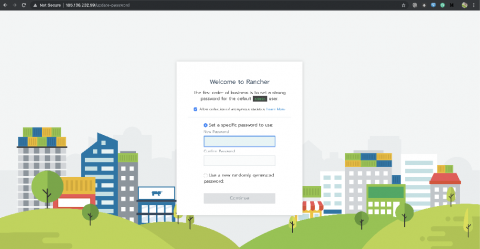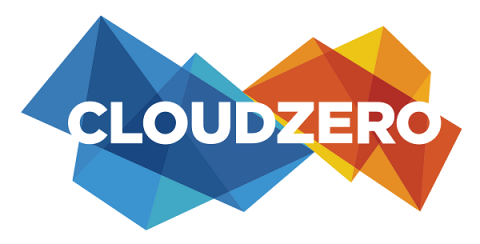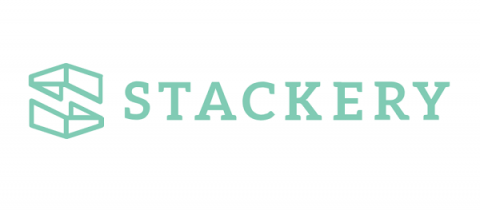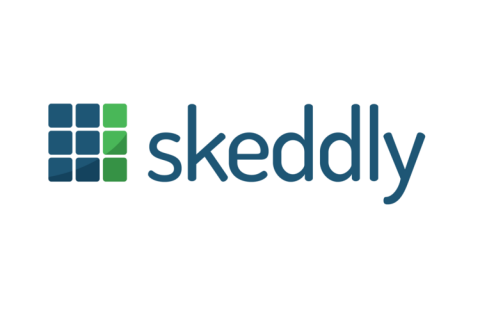Kubernetes as a Service
DevOps teams are increasingly looking toward Kubernetes as a scalable and effective way to package application containers of all sorts.. However, while Docker and Kubernetes have paved the way for the container and microservices revolution, there is still plenty of room for innovation. The strength of the Kubernetes tool lies in its ability to blend the simplicity of Platform as a Service with the stability of Infrastructure as a Service software.











